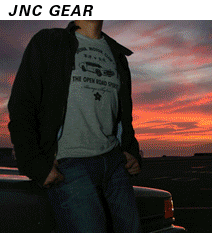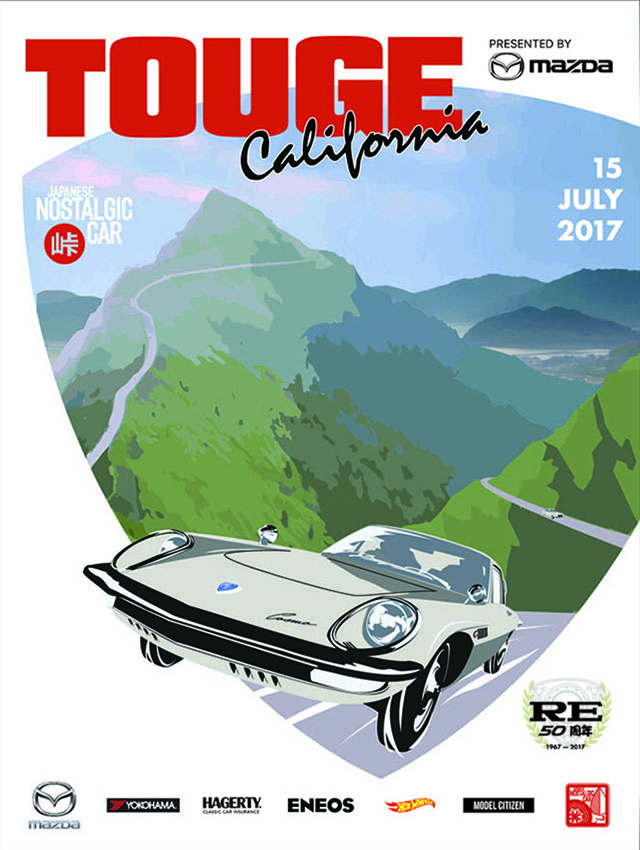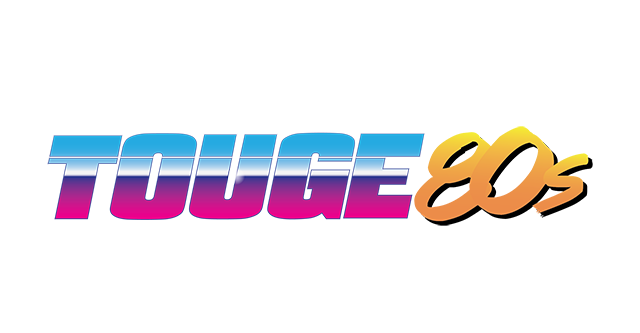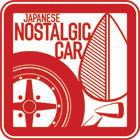Mazda is in the process of restoring an Autozam AZ-1 for their museum in Hiroshima. This year marked the 30th anniversary of the AZ-1’s debut, and Mazda showed the partially revived car during an AZ-1 owners’ car show at the company’s headquarters.
Mazda’s Autozam AZ-1 was launched on October 20, 1992, just as Japan’s bubble economy had burst. That didn’t dampen Mazda’s enthusiasm for the mid-engined kei car, which debuted with the slogan, “Heretical! An unprecedented handling machine. The Autozam AZ-1 is born.”
With a low center of gravity — the height was just 45 inches tall — and a curb weight of 720 kg (1,590 pounds), its Suzuki turbocharged 3-cylinder’s 66 horsepower had no problem zipping it around like the world’s smallest supercar. Even under difficult market conditions, Mazda managed to sell 4,409 of them, 2,160 of which are still registered in Japan.
The car was built on a skeleton frame, with fiber-reinforced plastic body panels bolted on to, to paraphrase Colin Chapman, add lightness. It was Japan’s first FRP-bodied car.
The AZ-1 was built by Kurata, a stamping die and parts supplier based in Hiroshima. It was merged into the Keylex Corporation in 2001, and representatives were there to demonstrate how the body panels attach to the frame. As it happens, this was Autozam AZ-1 serial number PG6SA-100100, the first one ever made, and Keylex still owns it.
Over 160 AZ-1 owners and over 120 cars attended the event. License plates on the cars indicated they came from distant regions as far flung as Sapporo to the north and the Amami Islands south of Fukuoka. Several were finished in the liveries of Mazda’s 787B race cars, the blue-on-white Mazda colors, the green-on-white Efini scheme, and the famed green-on-orange Renown graphics of the Le Mans winner.
Attendees were invited on a museum tour where Mazda’s own AZ-1 was displayed front and center. The car is in the process of being restored by Mazda’s general affairs department. The individuals in charge of the restoration explained there was still carbon buildup in the engine to clean before reassembly.
Mazda plans to restore the car so that it can be driven as the exhibition cars in the Mazda Museum can be. Mazda also shared information on the status of parts supplies and held an AZ-1 trivia contest. It seems Mazda is taking owner polls to see if there should be a AZ-1 heritage parts program, adding to the Miata, FC and FD RX-7s already on the list. It’s an important car in Mazda history and would be an excellent addition to the family.
Images courtesy of Mazda, Keylex.














It should be noted that Suzuki did the original engineering for the AZ-1 for their RS/1 and RS/3 show cars before Mazda took over the project. Mazda gets credit for the final styling and engineering required to bring it to market. Coming full circle, Suzuki later sold a rebadged version of the AZ-1 called the Carra.
That’s actually not true at all about it originating as a Suzuki concept – it’s an oft-repeated untruth. The initial Mazda concepts actually used Daihatsu mechanicals, and it wasn’t until much later that Suzuki were brought in as mechanical partner.
Carra … AZ-1 … if Jay Leno can fit in it, I can!